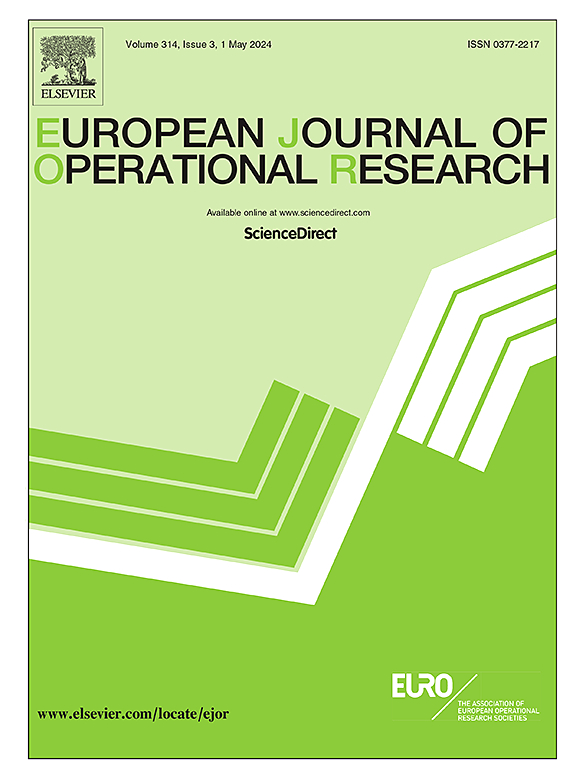基于注意力的动态多层图神经网络用于贷款违约预测
IF 6
2区 管理学
Q1 OPERATIONS RESEARCH & MANAGEMENT SCIENCE
引用次数: 0
摘要
传统的信用评分往往只采用单个借款人或贷款层面的预测指标,而借款人之间的联系可能会导致违约风险在网络中传播,这一点早已得到认可。在本文中,我们提出了一个信用风险评估模型,该模型利用了由图神经网络和循环神经网络构建的动态多层网络,每一层都反映了不同的网络连接来源。我们使用美国抵押贷款金融公司房地美提供的数据集,在行为信用评分的背景下测试了我们的方法,其中借款人的地理位置和他们对抵押贷款提供商的选择会产生不同类型的联系。建议的模型考虑了这两种类型的联系以及这些联系随时间的演变。我们通过使用自定义关注机制来增强模型,该机制可根据不同时间快照的重要性对其进行加权。在对多种配置进行测试后,一个包含 GAT、LSTM 和注意力机制的模型取得了最佳结果。实证结果表明,在预测借款人违约概率方面,与传统方法相比,我们提出的模型在分析连接和时间戳的重要性方面既能带来更好的结果,又能带来新的见解。本文章由计算机程序翻译,如有差异,请以英文原文为准。
Attention-based dynamic multilayer graph neural networks for loan default prediction
Whereas traditional credit scoring tends to employ only individual borrower- or loan-level predictors, it has been acknowledged for some time that connections between borrowers may result in default risk propagating over a network. In this paper, we present a model for credit risk assessment leveraging a dynamic multilayer network built from a Graph Neural Network and a Recurrent Neural Network, each layer reflecting a different source of network connection. We test our methodology in a behavioural credit scoring context using a dataset provided by U.S. mortgage financier Freddie Mac, in which different types of connections arise from the geographical location of the borrower and their choice of mortgage provider. The proposed model considers both types of connections and the evolution of these connections over time. We enhance the model by using a custom attention mechanism that weights the different time snapshots according to their importance. After testing multiple configurations, a model with GAT, LSTM, and the attention mechanism provides the best results. Empirical results demonstrate that, when it comes to predicting probability of default for the borrowers, our proposed model brings both better results and novel insights for the analysis of the importance of connections and timestamps, compared to traditional methods.
求助全文
通过发布文献求助,成功后即可免费获取论文全文。
去求助
来源期刊

European Journal of Operational Research
管理科学-运筹学与管理科学
CiteScore
11.90
自引率
9.40%
发文量
786
审稿时长
8.2 months
期刊介绍:
The European Journal of Operational Research (EJOR) publishes high quality, original papers that contribute to the methodology of operational research (OR) and to the practice of decision making.
 求助内容:
求助内容: 应助结果提醒方式:
应助结果提醒方式:


